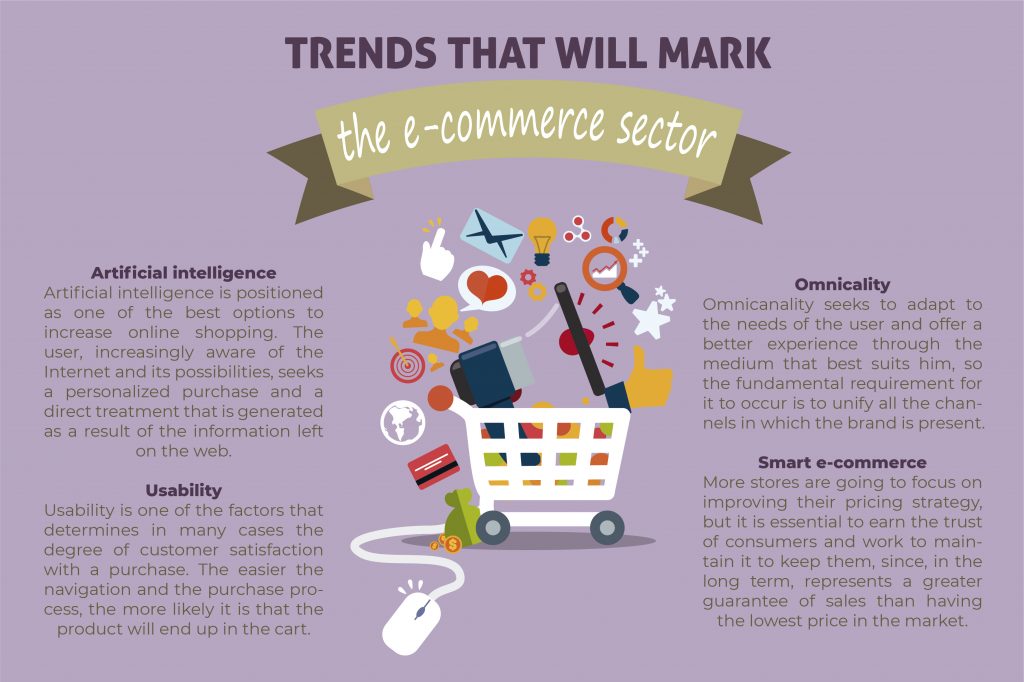An In-Depth Review of Shopify Plus: Cutting-Edge E-Commerce for 2019
One of the most prevalent buzzwords in recent times is “e-commerce”. As a growing number of individuals are migrating to the online community in order to boost their retail sales and expand their overall presence, they need to adopt effective cloud-based platforms from the very beginning. While well-known bundles such as Big Commerce may garner a great deal of attention, there are some very important what Shopify Plus is quickly becoming the leader of the pack. Let us take a look at what sets these two systems apart before moving on to highlight some of the most impressive features associated with Shopify.
Is Bigger Necessarily Better?
In order to be absolutely fair, both of these services are two of the most well-known platforms on the market today. However, there are some major differences to appreciate. One of the first aspects to consider involves what is known as software as a service (SaaS). Both providers can offer cloud-based solutions for modern retail needs, but Shopify boasts a level of complexity that is particularly suited for larger organizations or those which are on the cusp of greatness. Of course, the tools associated with Shopify can just as easily be used by enterprise-level businesses. The main point is that the architecture is able to adapt to the needs of the changing business so that real-time updates become a reality.

Another prominent disparity between the two involves technical skills. Many legacy e-commerce providers automatically assume that the user possesses a good deal of HTML and CSS coding knowledge. This is not always the case. Some of the pitfalls associated with such an assumption include:
– Errors can be made when updating code.
– There may be implementation problems.
– Other issues might not be caught until after that have negatively impacted a sales campaign.
– An inordinate amount of in-house resources will normally be required to enact such changes within a timely fashion.
Shopify has made things simple by providing a clear and straightforward architecture. Even those with moderate levels of coding experience will find the software quite easy to implement, similar in functionality to WordPress in some aspects.
The growth rate is the final profound difference between these two services. Companies which choose to employ Shopify can experience growth rates (on average) of up to 126 percent each year. This is far above the industry standard and it is a direct result of the fact that the framework has been designed with a scalable nature. In other words, no complex future updates or upgrades will be required in order to meet the needs of a growing enterprise.
Now that we have pointed out a handful of important metrics to consider between these two options, what are some other features which have enabled Shopify to become the leader of the proverbial pack?
Made by Business Experts for Business Experts
The entire premise of Shopify Plus revolves around its innate ability to cater to the needs of the end user as well as the business owner in question. This begins and ends with customer support. Even the most astute and experienced professionals will likely come across a question or issue from time to time. This is the reason why Shopify provides customer support on a 24/7 basis. There are numerous means of contact and as opposed to being routed to a mere representative, the individual will be placed in direct contact with a well-versed technician.
Multi-channel sales capabilities are another extremely important metric to mention. Shopify provides its users with no fewer than 20 channels to employ. This is critical for those who wish to reach a large target audience while not sacrificing efficiency. Please note that this also includes wholesale distribution channels; ideal when selling items in bulk or at a discount.
Shopify scripts can likewise be modified to suit the requirements of the business in question. Some possibilities include (but are not limited to):
– Customized checkout offers.
– Dedicated and flexible payment gateways.
– Shipping modifications and real-time inventory tracking.
Once again, these can all be implemented based around the requirements of the firm in question. They will all help to increase conversion rates which ensuring a higher return on investment (ROI).
While this article was not meant to disparage any single e-commerce platform, the undeniable fact of the matter is that times are changing. Growing businesses require cutting-edge solutions in order to supersede the competition. Shopify Plus has been outfitted with a plethora of innovative tools so that lofty goals can be reached within an amenable time frame. When we also factor in superior levels of customer support alongside a second-to-none sense of flexibility, it begins to become clear why many entrepreneurs are choosing the leverage the power of this platform.
